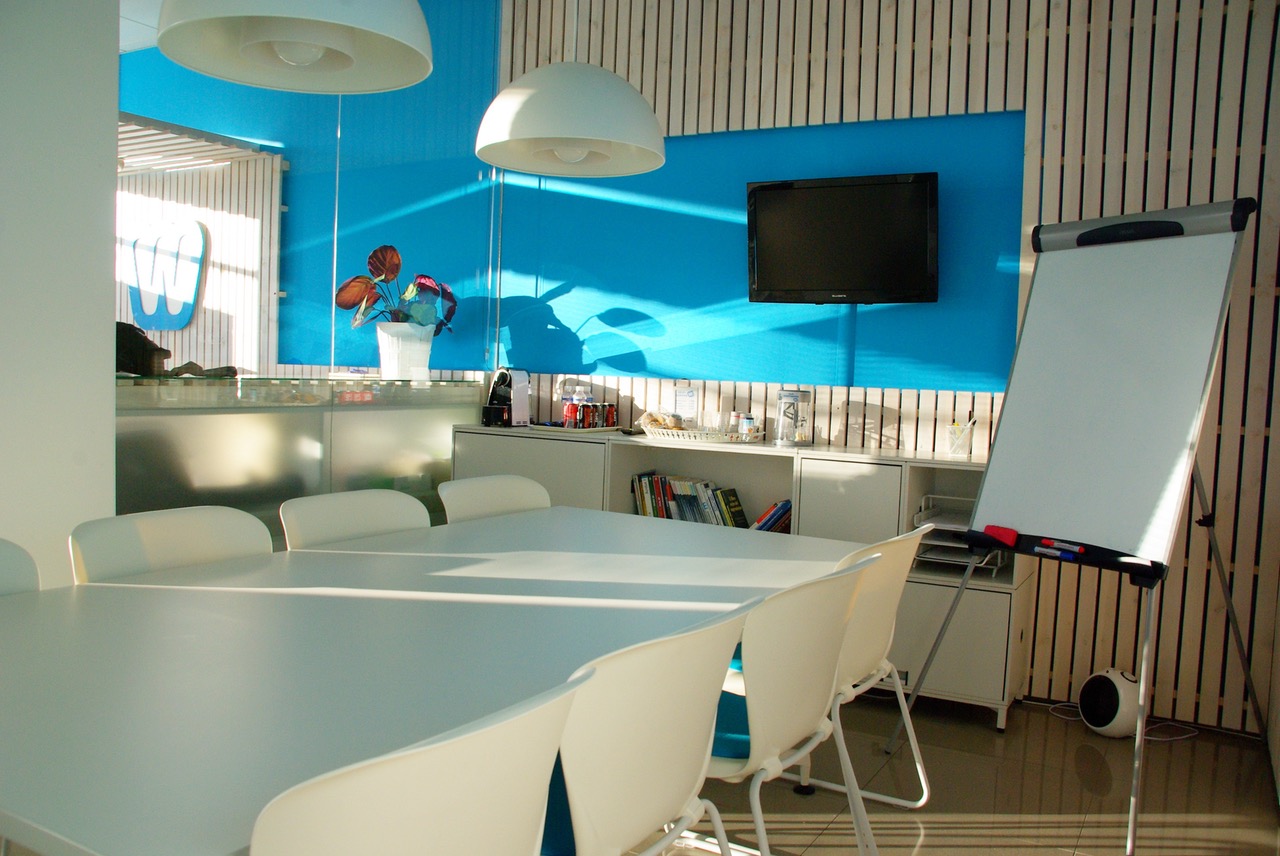Demonstrating your commitment to sustainability delivers hard business benefits.
Introduction
Market your green credentials effectively to:
- Strengthen your reputation
- Increase the interest and loyalty of your customers
- Meet the environmental procurement standards of your business customers
- Stand out from the competition
Customers are becoming increasingly aware of the environmental impact of their purchasing decisions and the behaviour of the companies they buy from. Turn your efforts to improve sustainability into a competitive advantage by sharing your achievements.
Recommendations
Here are our top three tips for promoting your green credentials:
- Tell your story: Let people know what you’ve done and what you’re planning to do to make your company greener.
- Demonstrate your environmental advantage: Explain how your product or service is more sustainable than the competition, ideally with external verification of your claims.
- Meet recognised benchmarks: Consider applying for organisational standards that provide independent assurance of your performance and achievements.
Additional Information
Tell your story
Share your aims and achievements. Clearly display information relating to your organisation’s targets and achievements on your website and in other communications to let customers know what you’re doing to become greener. Update this every time you reach an interim target, and publicise progress with a press release or blog post.
To stand out from your competitors, develop collateral outlining your environmental commitments and achievements to include in pitches to your business customers.
Consider publishing an environmental policy or an energy statement to clearly set out your aims and values to your employees and customers. Download the sample energy statement here.
Demonstrate your environmental advantage
Look into accreditation. Research product and service verification options, such as ecolabels. Ecolabel certifications independently certify your claims and provide proof of your ability to meet environmental requirements to your customers, suppliers and investors.
Once achieved, you can add the ecolabel logo to your website and marketing materials. Many ecolabels list products and services that have achieved their certification online, enabling more companies to come into contact with your products.
For more information visit http://www.ecolabelindex.com/
Meet recognised benchmarks
As your business grows, consider gaining external recognition of your organisational performance. For example, many businesses implement the international standard ISO 50001 for an energy management system and ISO 14001 for an environmental management system. This provides a framework to control environmental risks and manage energy, water and waste. More details about a good practice approach can be found in the Carbon Trust guide, An introduction to energy management: https://www.carbontrust.com/media/7385/ctv045_an_introduction_to_energy_management.pdf.
Achieving these recognised benchmarks can help you when selling to customers, as well as driving continuous improvement of your own performance.
For more information visit: http://www.iso.org/iso/iso14000






